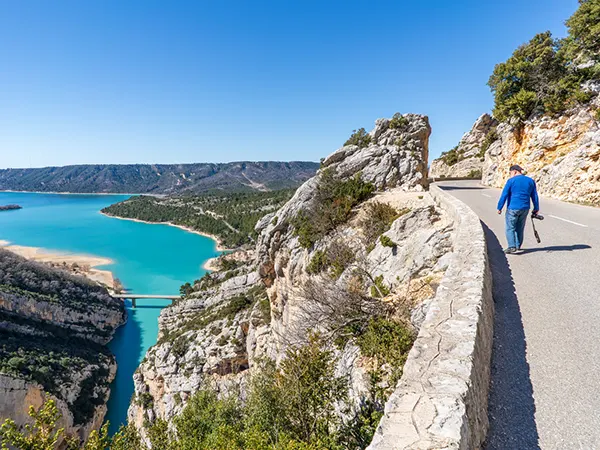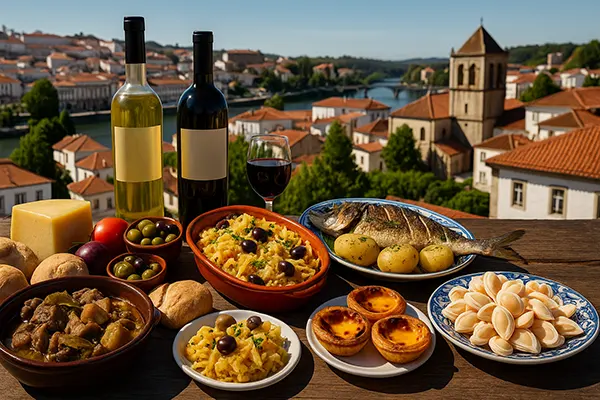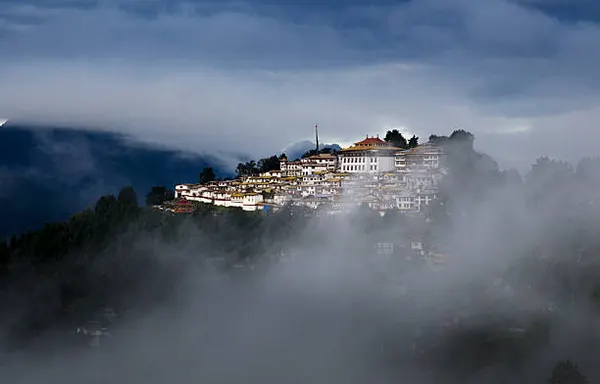
Transfer to Verdon: Turquoise Waters and the Villages of Provence
Planning a journey through southeastern France? The route to the Verdon Gorge offers more than just a scenic endpoint. In June 2025, this part of Provence stands out as one of the most rewarding travel experiences, combining natural beauty with cultural depth. This guide will help you understand how to get there, what to see on the way, and what makes Verdon and its neighbouring villages so unique.
The Charm of Verdon and Its Enchanting Villages
The Verdon Gorge, often called Europe’s Grand Canyon, remains in 2025 one of the most impressive natural landscapes in France. Located between the Alps and Provence, it features turquoise waters, dramatic cliffs and untouched nature that continues to attract visitors from around the world.
But Verdon isn’t just about the gorge. On the way, you’ll encounter charming Provençal villages like Moustiers-Sainte-Marie, Castellane and Aiguines. These historic settlements offer local cuisine, traditional crafts and peaceful stone alleys surrounded by lavender fields and olive groves.
Getting to Verdon usually starts from Marseille, Nice or Aix-en-Provence. While public transport options are limited, private transfers and guided routes allow for a comfortable journey through the countryside with opportunities to stop and explore lesser-known gems.
What to Expect on the Road to Verdon
Transfers typically take two to three hours depending on the starting point. The route offers scenic views of the Luberon mountains, vineyards and historic roads used since Roman times. These drives are not just about convenience—they’re part of the experience.
Along the way, travellers often stop at scenic lookouts, local markets and lavender farms. From mid-June to early August, the lavender is in full bloom, painting the landscape in shades of violet and blue—a must-see for photographers and nature lovers alike.
Most guided transfers now include commentary, local stories and flexible itineraries. This makes the road to Verdon as memorable as the destination itself, especially for those keen on learning about regional culture and history.
Exploring Verdon: Water, Cliffs and Trails
Once in Verdon, the Gorge itself is the centrepiece. It stretches for over 25 kilometres, carved by the Verdon River, with cliffs reaching up to 700 metres. The colour of the water is a striking turquoise, caused by glacial minerals and sunlight reflection.
The area is a haven for outdoor activities. Popular options include kayaking, pedal boats and electric boat rentals in the Sainte-Croix Lake. For thrill-seekers, there are climbing routes and via ferrata paths along the canyon walls, all maintained to strict safety standards.
For hikers, several marked trails suit different fitness levels—from the scenic Sentier Blanc-Martel to the more challenging Imbut Trail. Each provides panoramic views and close contact with the area’s geological and botanical diversity.
Where Nature Meets Serenity
Despite its dramatic terrain, Verdon remains peaceful. It’s not overrun by tourists, especially if you avoid peak weekends. The region’s protected status helps preserve its unique ecosystem, and local authorities actively promote sustainable tourism practices.
Flora and fauna are abundant. You may spot golden eagles, ibex and wild orchids during your walk or drive. Many visitors come here for mindfulness retreats, photography tours or simply to disconnect from modern life for a few days.
Accommodation ranges from lakeside guesthouses to eco-lodges and rural B&Bs. Booking early is recommended, especially during the summer season, as the number of beds is limited due to environmental regulations.

Villages Worth Visiting Around the Gorge
Moustiers-Sainte-Marie is the most iconic village near Verdon. Famous for its faience pottery, it clings to a cliff and features a historic chapel above and a cascading spring through the centre. The view from the top is worth the steep walk.
Castellane is another favourite, known for its riverside setting and access to rafting routes. It also has Roman ruins and a peaceful town square, ideal for coffee breaks and light meals between activities.
Aiguines offers views of Lake Sainte-Croix and is less crowded than the others. It’s a good place to explore traditional woodturning workshops and enjoy more secluded hikes in the surrounding hills.
Local Culture and Provençal Flavours
The villages around Verdon preserve authentic Provençal traditions. Weekly markets sell goat cheese, lavender honey and tapenade, all produced by local farmers. Visiting these is a sensory experience worth planning into your itinerary.
Seasonal festivals celebrate everything from lavender harvest to traditional music and crafts. If you’re travelling in July, the lavender festivals in Valensole and surrounding areas are colourful and full of character.
Local restaurants often serve dishes based on seasonal ingredients. Try daube Provençale (slow-cooked beef stew), pissaladière (onion tart) or trout from Verdon River—simple, regional cuisine rooted in local identity.





